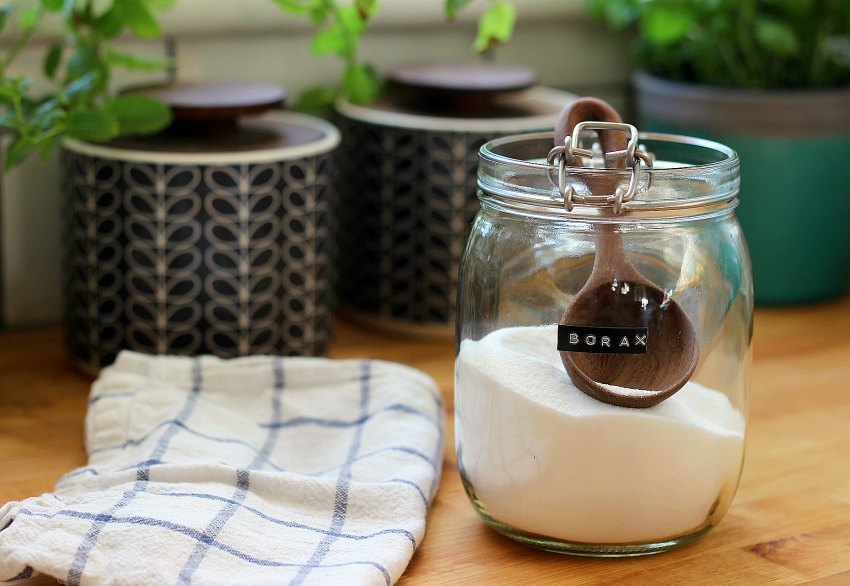Handy All Year Round Bird Feeding Guide For UK Birds
To support the running costs of Moral Fibres, this post may contain affiliate links. This means Moral Fibres may earn a small commission, at no extra cost to readers, on items purchased through these links.
Wondering what to feed the wild birds that visit your garden in spring, summer, autumn and winter? I’ve put together this handy all year round bird feeding guide to help you out.
I love feeding the wild birds that frequent our garden. We often have sparrows nesting in the eaves of our old house, and bluetits nesting in the trees nearby – so always try to put food out for them. But as well as tits and sparrows, we’ve had all sorts of visitors in our garden over the years – including unintended ones like sparrowhawks! One winter, we even saw a group of waxwings in our garden (if you know about birds, you’ll know how exciting this is!).
What I’ve found is that feeding the birds is such a rewarding feeling. Knowing that you are doing something positive for wildlife who are so threatened by a double whammy of both habit loss and climate change gives you a huge feel-good factor.
That being said, feeding the birds isn’t quite as straightforward as putting kitchen scraps on a bird table. Nor is it as simple as putting a load of peanuts in a birdfeeder. Certain foods can be harmful at certain times of the year.
Therefore, it’s good to do a bit of research before you start feeding the birds. Even if you’ve been feeding the birds for years, it’s also never too late to learn something new and make a positive difference.
The All Year Round Bird Feeding Guide

To help you out, I’ve put together a handy seasonal bird feeding guide – split across all four seasons. This will help you know what the best foods are to feed garden birds and when.
Do remember that different birds are attracted to different foods, so putting out one type of food is just going to attract a few different species. If you can, put out a few different types of food to benefit as many birds as possible. Also, remember to put out fresh water if you can.
Keep scrolling for the full seasonal guide, or use the links to jump to a specific section of this post:
Spring
As the days lengthen and temperatures rise, spring marks the beginning of the breeding season for many birds. Providing high-energy foods is crucial to support their increased activity and nesting efforts:
- Sunflower hearts – These are popular with many types of garden birds all year round – including finches, tits, blackbirds, sparrows, and nuthatches. They are rich in essential nutrients, such as protein, which aids in egg production and chick rearing at this time of year.
- Nyjer seeds – High in important nutrients, such as fats and proteins, these are enjoyed by finches and siskins.
- Mealworms – These are a great source of protein in spring for house martins, thrushes, and robins.
- Peanuts – If you want to leave out peanuts make sure these are only provided in rigid mesh feeders. These types of feeders only allow birds to take small nibbles of the nuts, which is important, as big chunks could be a choking hazard to young chicks. It’s also important to be aware that peanuts can be high in a natural toxin, called aflatoxin. This can kill birds, so always make sure your peanuts are tested to guarantee they are free from aflatoxin.
Fat balls should be avoided in spring. These can go rancid in warmer temperatures, and potentially make birds ill. As well as that, most birds’ nutritional needs change, and they don’t need as much fat in their diets through spring and summer. At this time of year, birds moult – meaning they shed and renew their feathers – so high-protein foods are better during this period.
Bread or other dry hard foods should also be avoided in spring. Birds may take these back to their nests and the young chicks can choke on it.
Summer
While natural sources of food can seem abundant in summer, it’s important to bear in mind that food shortages can happen at any time of year. So it’s a good idea if you can to keep your feeders top up in the summer months too. Most of the food you can feed to birds in spring can be continued in the autumn. This includes:
- Sunflower hearts
- Nyjer seeds
- Mealworms
- Peanuts – Just like in spring, make sure these are placed in suitable peanut feeders to avoid the nuts becoming a choking hazard for young birds. Also remember to check your peanuts are aflatoxin free.
- Soft ripe fruit – ensure any seeds or pips are removed to avoid choking.
Continue to avoid putting out fat balls and hard, dry foods such as bread for the birds throughout the summer.
Autumn
Autumn brings cooler temperatures and the transition to winter feeding habits for many birds. It’s a critical time for birds to build up their fat reserves for the coming winter months.
- Mealworms
- Sunflower hearts
- Peanuts – Again, make sure these are aflatoxin-free.
- Suet & Fatballs – As the autumn goes on, it gets colder, and birds start to need a high source of fat to keep warm. Suet-based foods provide essential energy and high calories to help birds maintain their body temperature and survive the colder nights. Suet can be bought in pellets or fat balls – just be sure to remove the netting from the balls before putting them out in your garden, as birds can get tangled in these nets.
Winter
Natural food stores are scarce around this time, so be sure to keep your feeder topped up.
- Suet & Fatballs – If you’re using fatballs, make sure you remove the net that the balls come in. There have been cases of birds getting tangled in these nets.
- Peanuts – Again, make sure these are aflatoxin-free.
- Sunflower hearts
- Mealworms
- Nyjer seeds
Looking for more winter feeding ideas? Check out my guide on what to feed wild birds in winter.
Other Key Bird Feeding Tips
It’s also really important to regularly clean your garden bird feeder as well as cleaning your bird bath. This helps to minimise the spread of disease among wild birds. Scientists say garden bird feeders and baths are contributing to the spread of serious diseases among wild birds, causing previously rare illnesses to become epidemics in some populations, so it’s good to stay on top of that so that we don’t inadvertently kill birds with our kindness.
The RSPB has offered useful advice on how to keep your bird feeders clean and healthy, such as cleaning and washing your bird table and hanging feeders regularly using a 5% disinfectant solution. They also suggest moving feeding stations to a new area every month to prevent droppings from accumulating underneath. There is a lot of solid advice that’s well worth a read.
Found this post useful? Please consider buying me a virtual coffee to help support the site’s running costs.




